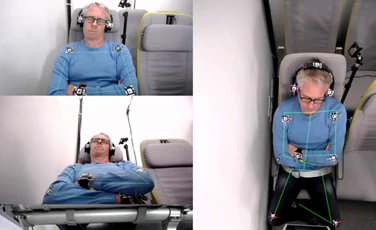
Sitting is a major mode of being in western sitting societies. Work, Transport, and Home Setting will benefit from a comfortable seating experience. Thus, optimizing seating will be approached by objectively measuring discomfort. Several behavioral and psychophysiological approaches are tested and developed.
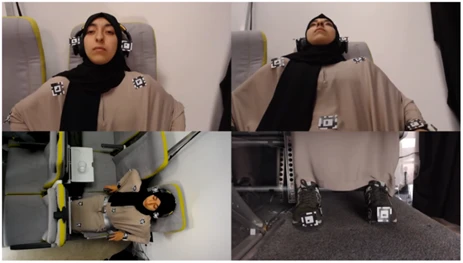

Experimental setup from four camera perspectives (left) and exemplary posture and motion detection (right)
The general idea is to capture discomfort by (accelerometry and computer vision based) motion analysis and the analysis of affective signals of annoyance, stress and pain. To generate training data, a cabin mockup with various ergonomic features was provided. 75 Participants followed a standardized protocol of prototypical seating activities. During this time, various sensor data streams are recorded. The resulting data corpus contained about 2000 postures based on approximately 15000 ground truth labels. With this data, recurrent neural networks were trained and a front-end dashboard for discomfort reports was developed.
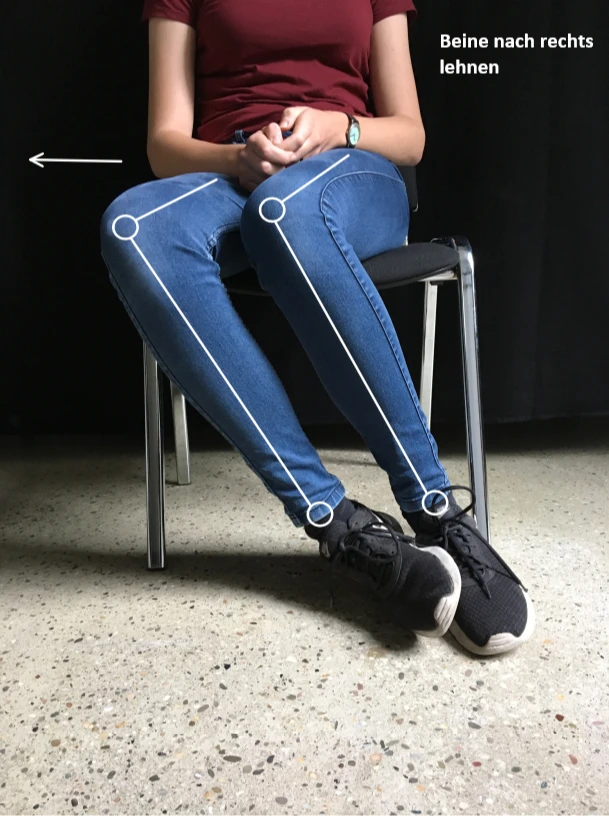
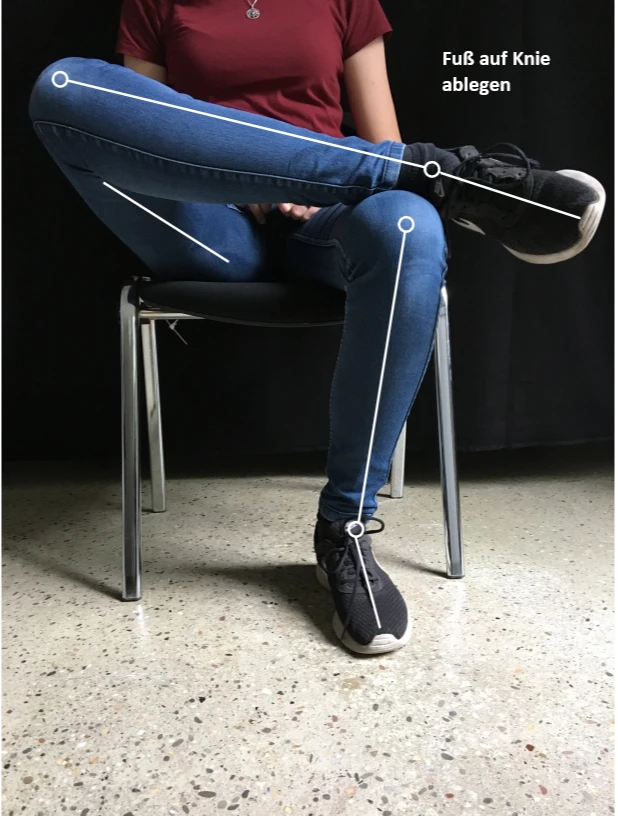
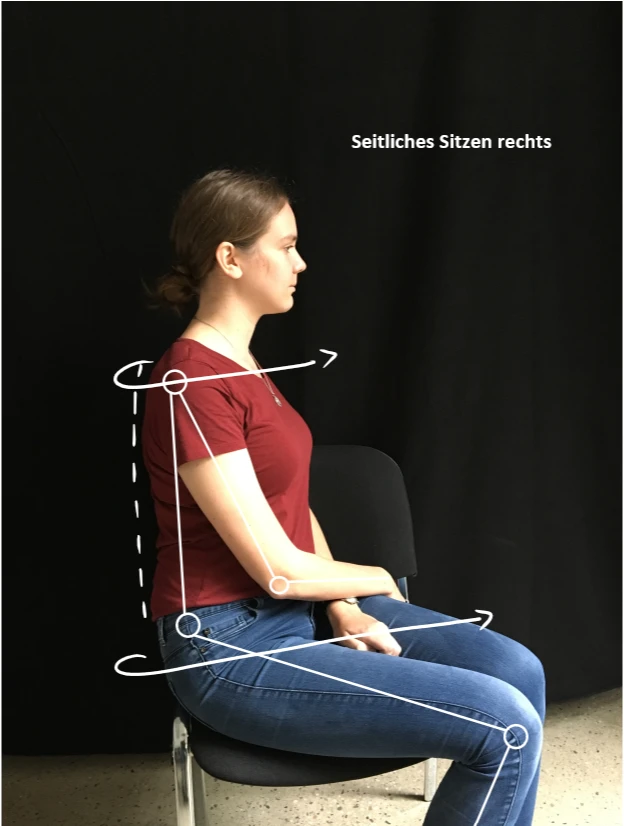
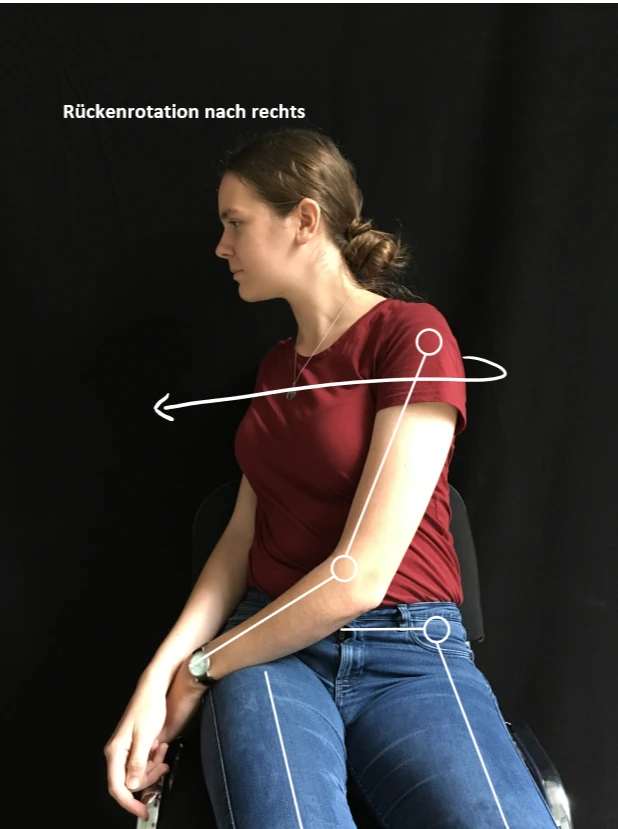
Exemplary movements for the detection of seating comfort
The developed system includes an offline report of detected seating postures and derived discomfort. Using a camera array improved the robustness and accuracy of the system. Consequently, this multifactorial system can be used to evaluate and optimize ergonomics, and user experience of their seats.
Example of a discomfort event incl. ECG data and accelerometry data of the hands and feet
Gustav-Poensgen-Straße 29
40215 Düsseldorf
Tel.: +49 211 97 532653
info@ixp-duesseldorf.de